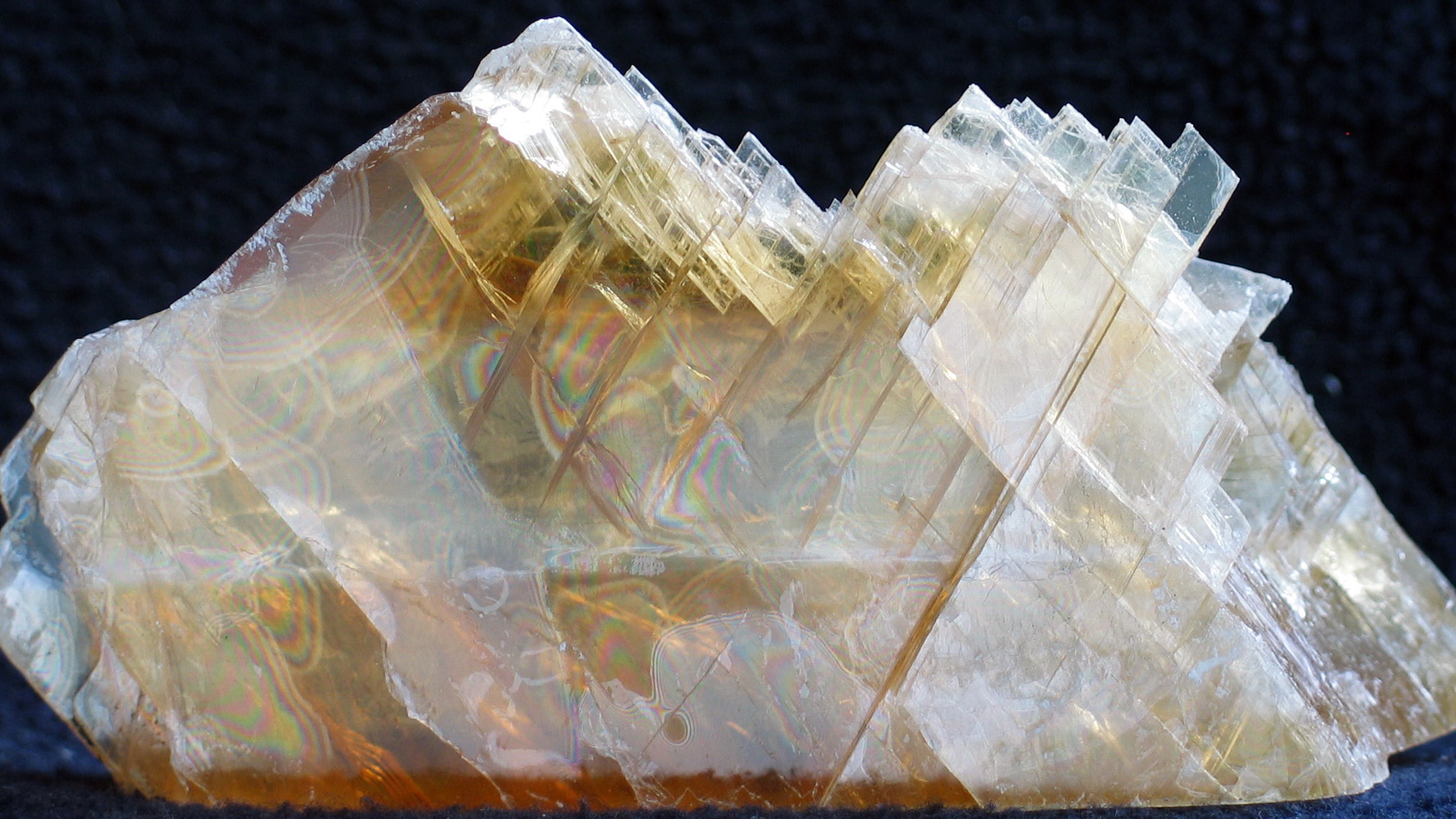11.15.19 Gypsum
Asa Hunt House Update Part Eight
This morning we’re talking about your favorite thing: Chemistry!
Let’s start with the letter S, which stands for Sulfur. It is the 10th most abundant element. In nature it exists as a pale yellow, non-metallic chalky solid or powder. Compounds of sulfur provide nasty odors to skunks, stinkbugs, rotten eggs, hot springs and volcanoes. Maybe that’s why the ancients – who called it Brimstone – equated Sulfur with the wrath of God. The most common application of Sulfur today is in Sulfuric Acid, which is used in batteries and fertilizers, as well as in many chemical processes. Unfortunately, when burned, these chemicals create Sulfur Dioxide, one of the five worst pollutants. So, yeah, wrath of God.
Sulfur likes Oxygen. In fact, each S likes to hang out in the middle of four O’s, which creates SO4, which is an ion known as Sulfate. And the cool thing about Sulfate is that it likes both oil and water, and will happily hang with either, or both at the same time. This makes Sulfate a powerful surfactant, which provides the foaming action in soaps, shampoos and detergents. Isn’t it ironic that Cleanliness is next to Godliness?
Sulfate is pretty friendly with Calcium, which is a dull gray metal with a yellow tinge. Calcium is the 5th most abundant metal in the world. It is best known as the secret to hard bones, but it’s a softy, and hooks up with lots of other chemicals. For example, when it combines with Sulfate, it creates CaSO4, or Calcium Sulfate. That’s the salt that makes your tap water hard, gets everything all crusty, and eventually destroys your dishwasher. Wrath of God indeed.
But here’s a funny thing about Calcium Sulfate. It really likes water, and reacts with it in various ways, creating unique new things called hydrates. When there is no liquid water for Calcium Sulfate to play with, it exists as an “anhydrite” which pulls in whatever water it can get from the air around it. That makes it a desiccant, which dries out any environment you put it in. Drug companies and shoe manufacturers often put little packs of Calcium Sulfate into their packaging to prevent spoilage. God I hate those things.
When Calcium Sulfate can get just a little bit of water it hydrates into CaSO4 + ½ H2O, or a hemihydrate. This material is famously found in huge deposits outside the capital of France, so it is best known as Plaster of Paris. It’s a chalky powder, with a unique ability to dissolve in water into a paste, and dry out again into a hard mass. It’s good for making sculptures. And for forming a cast, which comes in handy should you forget to eat your Calcium and break your leg. God forbid.
If there is more water available Calcium Sulfate hydrates into CaSO4 + 2 H2O, which is commonly known as Gypsum. This is a soft chalky rock which comes in many colors and so is a wonderful thing for toddlers to use to draw pictures on the driveway. But folks have also come to realize that it is the best thing to hang on your wall. That’s because a sheet of Gypsum – also known as wallboard or sheet rock – provides a unique water-based defense against disaster. When a room heats up during a fire, the Gypsum reacts by dehydrating. Water evaporates in a chemical reaction wherein the Gypsum actually cools down. This protects the wood frame and other materials behind the sheet rock, and gives time for firefighters to arrive and hose the place down. Thank God.
Gypsum was at least partially responsible for saving the Asa Hunt House from the flames about a year ago, on December 5th, 2018. And just this past week, the whole house got a new covering of sheet rock, transforming what had been framing and pipes and wires and insulation back into rooms and living spaces. Good God it looks like a home again.
You can see a slide show of the bright new interior at
